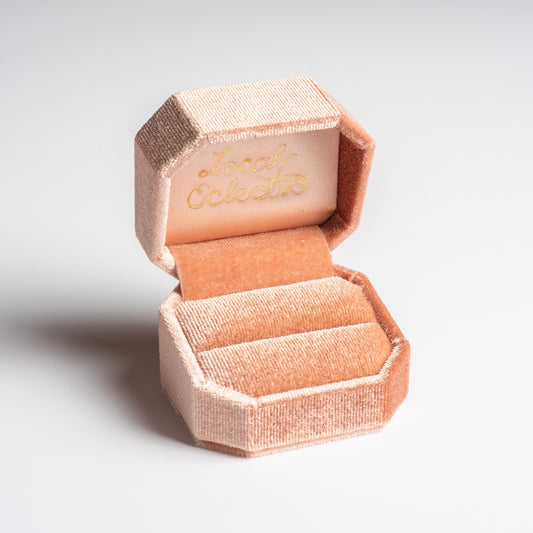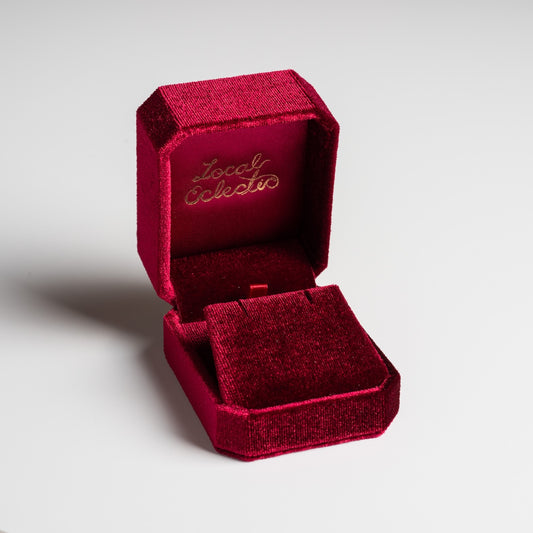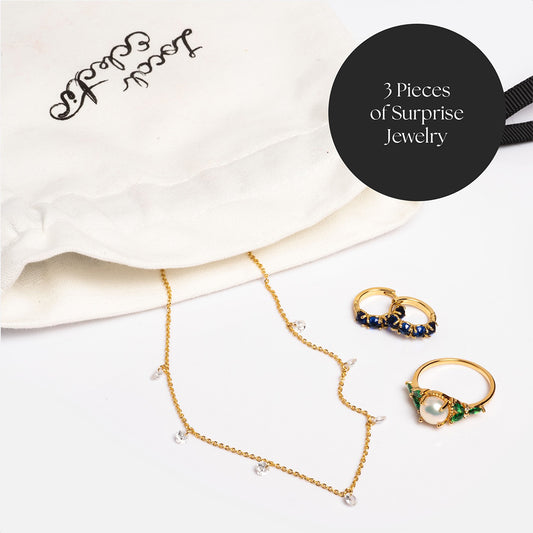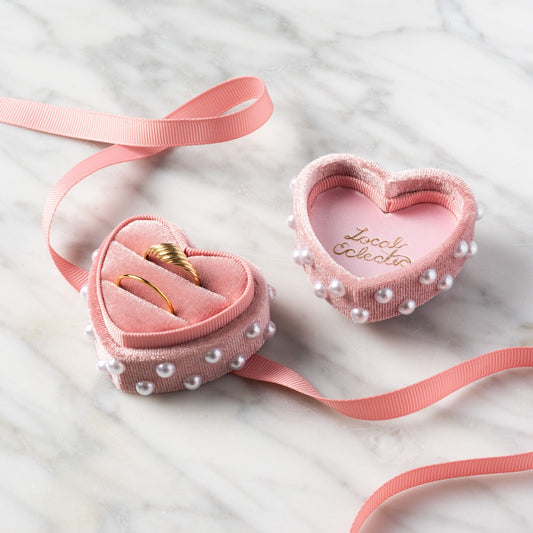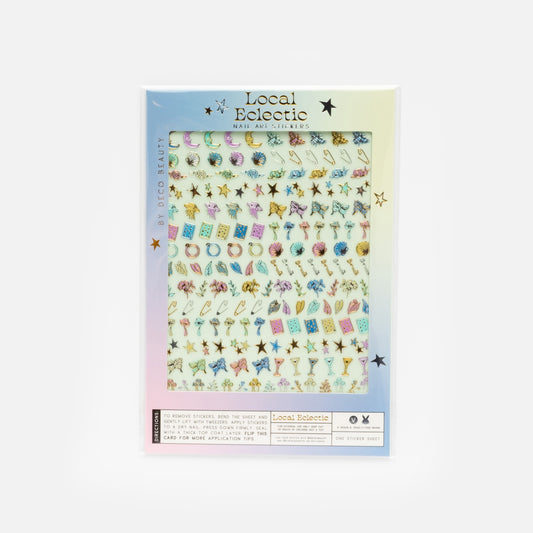Pearls have been a symbol of beauty and purity for thousands of years. Today, they are regarded as both classic and modern, and have made a major comeback in fine and fashion jewelry as of late. With proper care and knowledge these precious jewels can be passed down for generations to come.
Pearls form when a mollusk produces layers of nacre (NAY-kur) around an irritant, like a grain of sand, inside its shell. In natural pearls, the irritant may be another organism from the water. In cultured pearls, a mother-of-pearl bead or a piece of tissue is physically inserted into the mollusk to start the process.
The quality of the nacre dictates the quality of the luster, or shine of the pearl, which is very important to its beauty and its value. The surface of the pearl should be smooth and free of marks while the shape can be round, oval, pear-shaped, or even misshapen. Misshapen pearls are called baroque pearls.
Natural Pearls: Less than 1 in every 10,000 wild oysters contain pearls. Oyster beds in the ocean’s waters are severely depleted from overfishing, hence natural pearls are extremely rare and expensive.
Cultured Pearls: Cultured pearls are grown in pearl farms. Through a delicate procedure a technician implants a mother-of-pearl bead, and the mollusks are returned to the water and cared for while the pearl forms. Types include Akoya, South Sea, Tahitian, and Freshwater.
Imitation pearls: Imitation pearls are typically a coated glass bead. Most have a high luster, but lack the depth of luster seen on quality cultured pearls. Many pearls undergo treatments to either enhance their luster or alter their color.
Pearl Care:
1. Wear often! Pearls were born in the water and benefit from absorbing the oils from your skin. So put them on and show them you care.
2. Gently wipe pearls with a soft cloth to remove sweat, perfume, excess oils or dirt before putting them away.
3. Pearls should be stored away from objects or jewelry that may scratch their surfaces. Wrap them in a soft cloth, or pouch.
4. Do not store pearls in an airtight plastic bag! Pearls need moisture. If the environment is too dry, the pearls may crack.
5. Keep pearls away from chlorine bleach, hydrogen peroxide, vinegar, ammonia, hairspray, perfume, and cosmetics, as these substances will damage the pearl surface.
6. Remove pearls before exercising, showering, swimming, or doing dishes. Pearls need the natural moisture of the air, but should not be submerged in water.
You can see our entire Pearl Collection here, and shop some of our pearly favorites below! Don't forget to tag us so we can see how you're rocking your precious pearls! #LocalEclectic
xo
Sources: American Gem Society, Pure Pearls, The Pearl Source.
